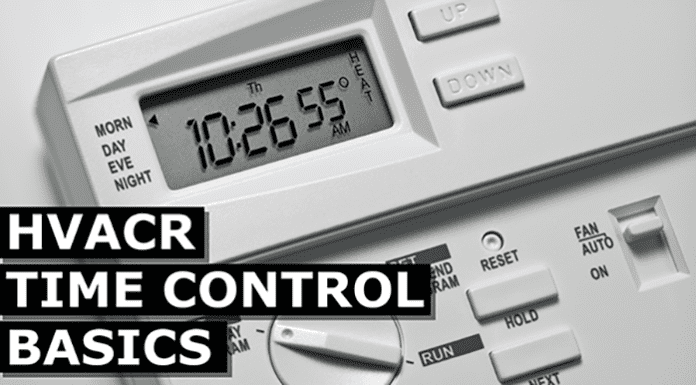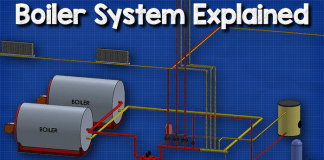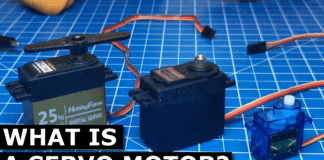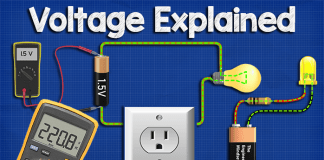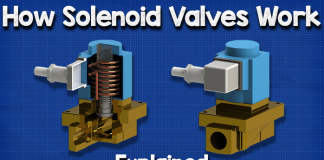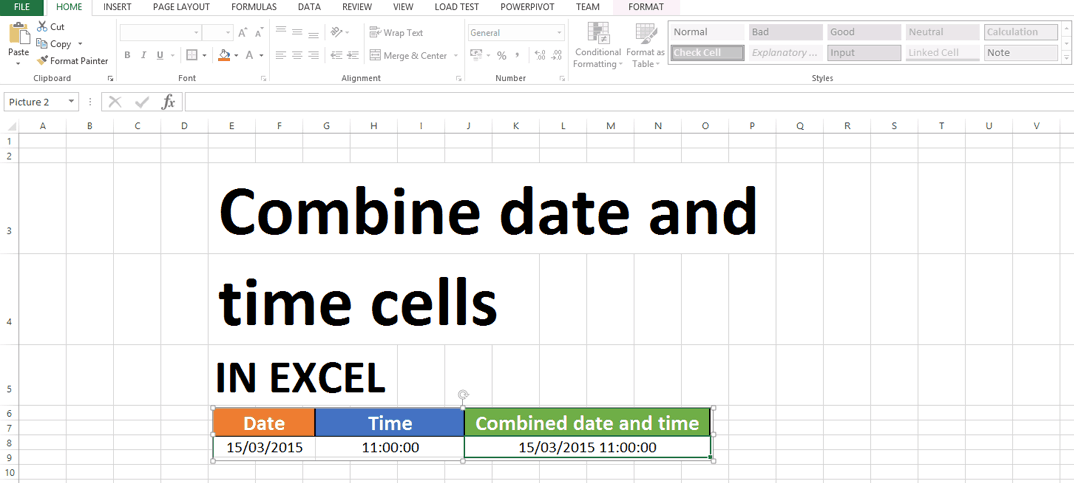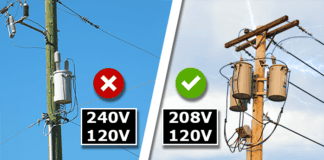In this article, we will discuss a heating and cooling VRF system. This system allows buildings to provide heating and cooling from the same system.
Scroll to the bottom to watch the YouTube tutorial
We usually want a system that can provide cooling in the summer and heating in the winter. For this we need a reversing valve, this has a sliding connector inside. There are many ways to achieve this but in this example we will use two expansion valves and two check valves. The hot gas which is discharged from the compressor is sent into the reversing valve in heating mode. The valve slides across to send the hot refrigerant straight to the indoor heat exchanger to provide heating. It then flows through one check valve but the second valve blocks the flow so it has to flow through the expansion valve ad from there it can flow to the outdoor unit where it picks up more thermal energy and then returns to the compressor.
In cooling mode the valve slides across and the hot gas is sent straight to the outdoor unit where the thermal energy is removed. It then flows through a check valve and the other expansion valve before entering the indoor unit where it absorbs the heat of the room and thus provides cooling.
The refrigerant then returns to the compressor. Well the refrigerant has an extremely low boiling point. Take r410a for example, it boils at -48.5 degrees Celsius whereas water boils at around 100 degrees Celsius. These figures do change with pressure but as long as the air is above the boiling point temperature, it will cause a refrigerant to boil and so we can absorb thermal energy from the air. You can see this vessel is filled with a liquid and using just the heat of my hand I can cause it to boil and evaporate. It will then condense down into a liquid as it cools so even in winter we can pick up thermal energy from the outdoor air.
The compressor will pack this into a very small volume which will increase the temperature and pressure up to a usable level and this thermal energy will then be released into the room. Obviously the colder the air the harder it is to collect this heat.

